The Politics of Hindi Cinema in the New Millennium: Bollywood and the Anglophone Indian Nation
Popular Hindi cinema metamorphosed unrecognizably in the new millennium. An expanding urban middle-class viewer base, ever growing in its Anglophone cultural absorption, fuelled the multiplex boom at home. A slew of popular movies in tune with the sensitivities of the diasporic Indians came to define 'Bollywood' as a powerful global brand and a lifestyle banner. Another kind of mainstream cinema emerged in opposition to the dominant 'elitist' presence, a cinema meant less for multiplexes but still not 'traditional' in the old way. The Hindi film industry itself changed radically post 1990s, and so did the meanings, mores, and ideologies embedded in Hindi cinema.
Going beyond the conventional theory-laden mode of analysing the political moorings of mainstream cinema, M.K. Raghavendra accords primacy to their 'text', treating them as rich reflections of the goings on in contemporary society. Taking cinema and cinema-viewing as a conjoined site of enquiry, he brings together a revealing and enlightening analysis of 28 Hindi blockbusters from the 2000s. With a close reading of films such as Rang De Basanti, Veer-Zaara, Bunty Aur Babli, 3 Idiots, Dabangg, Rajneeti, and Zindagi Na Milegi Dobara, Raghavendra untangles the threads of myriad new imaginaries of contemporary India and Indian-ness, embedded in a transformed Bollywood.
Get it now and save 10%
BECOME A MEMBER

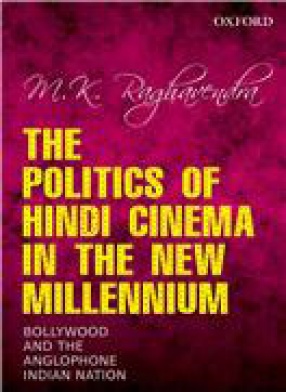
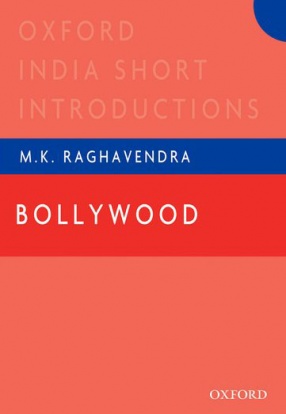
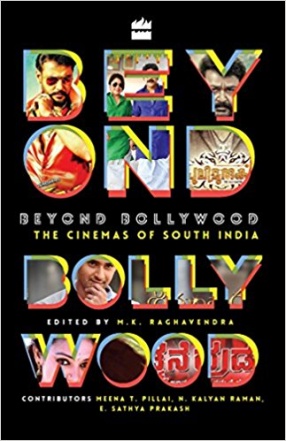
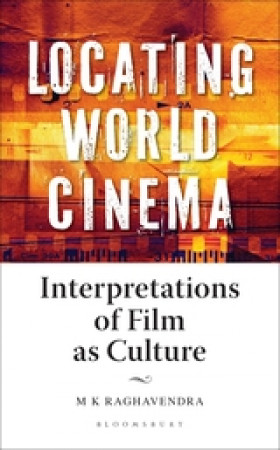
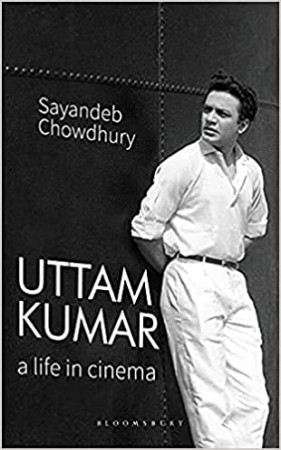
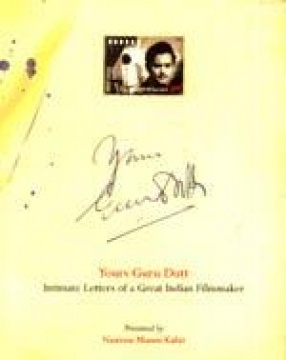
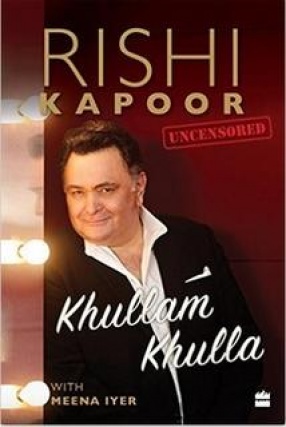
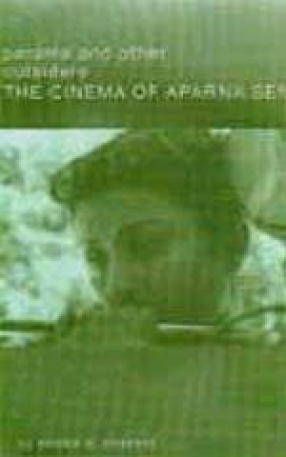

Bibliographic information